Artificial neural networks can learn. Artificial intelligence luminary Terrence J. Sejnowski details his and his colleagues’ deep-learning research achievements during their three-decade campaign against the notion that computers can’t simulate brains. By combining discoveries in neuroscience and biology with new learning algorithms, researchers can use the brain to teach networks and then use the networks to teach people about their brains. “Deep learning” – a form of machine learning – will dominate the 21st century, answering the most puzzling questions about consciousness and challenging everyone to keep learning.
“Deep learning” is based on artificial neural networks, which simulate how the brain learns through experience.
Information feeds knowledge, which provides insight about what people do, what they want and who they are. Knowledge is no longer external to the brain but converges with it through deep learning systems. Machines are learning how to translate words, recognize voices and diagnose illnesses.
Deep learning is a branch of machine learning. Its roots are in mathematics, computer science and neuroscience. Deep learning machines learn by the experience of collecting and analyzing vast amounts of data to make sense of the world. “Data are the new oil…whoever has the most data wins.” Learning algorithms are “refineries” that extract information from raw data. The new information feeds knowledge.
The deep learning revolution doesn’t focus only on how artificial intelligence evolved but also on how human intelligence is evolving. Bringing machine learning into the 21st century took three decades of patience and perseverance by a small but luminous research community.
The first...
Terrence J. Sejnowski, PhD, teaches at the Salk Institute for Biological Studies, where he is director of the Computational Neurobiology Laboratory, and is director of the Crick-Jacobs Center for Theoretical and Computational Biology.










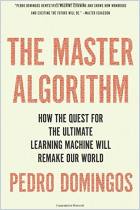
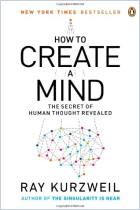

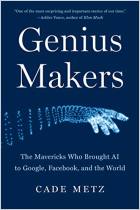
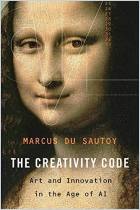
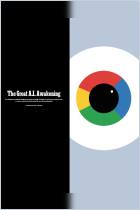
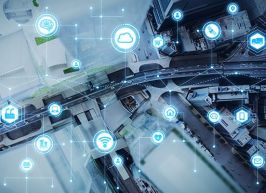
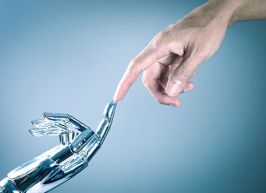


Comment on this summary